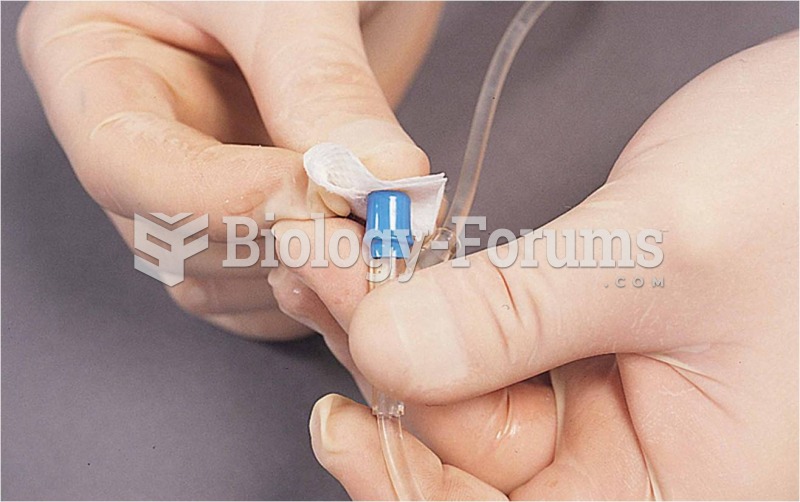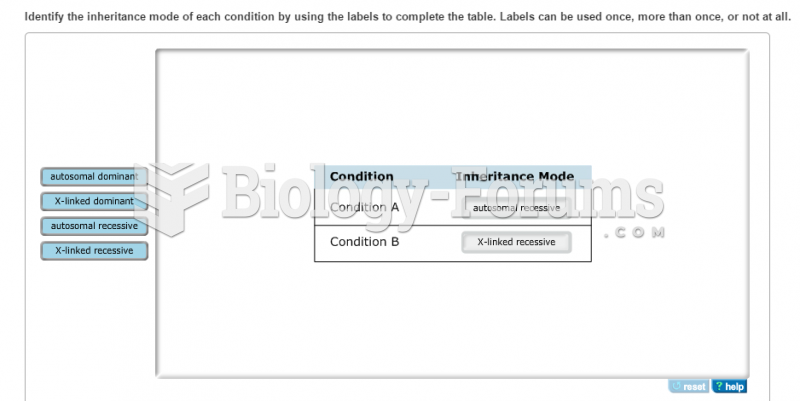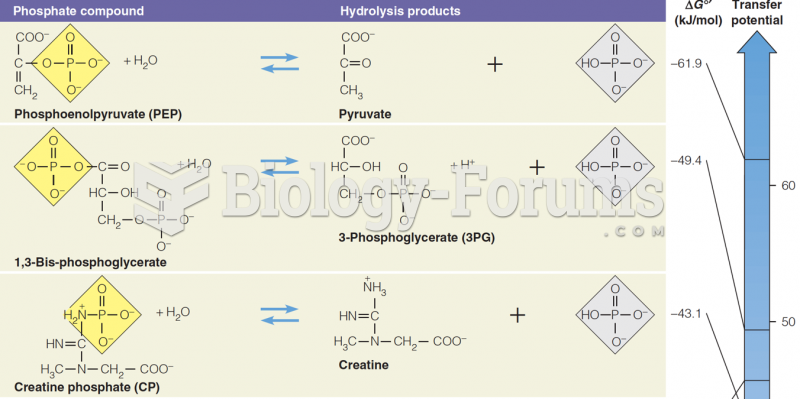Answer to Question 1
Source reduction, waste-to-energy combustion, recycling, material recovery facilities, landfills, and composting are all a part of integrated waste management, a system having several processes in operation. . . . A stewardly and sustainable solid waste management plan would start with source reduction. A second, equally important component would be to establish a system of unit pricing' or charging households and other customers' for the waste they dispose. A third policy would be to establish a program of extended product responsibility (EPR), a concept that involves assigning some responsibility for reducing the environmental impact of a product at each stage of its lifecycle,' especially the end. For example, Hewlett-Packard and Xerox make it easy for customers to return spent copier cartridges, and the two companies recycle the components of the cartridges. Some portion of our waste will be burned in a waste-to-energy facility, some component (the largest) would be recycled, and some component would be landfilled. Once a component of the waste is recycled, we need to encourage the purchasing of goods with recycled content.
Here is one ideal stewardly waste management plan: (1) emphasize source reduction wherever possible; (2) employ mandatory curbside recycling and a PAYT collection program; (3) if feasible, establish a MRF for efficient handling of recyclables (and possible MS); (4) employ co-composting of remaining MSW with treated sewage sludge; (5) deposit residual materials in a local landfill; and (6) prohibit all interstate transfer of MSW.
Answer to Question 2
The main things that plant roots must obtain are optimal amounts of mineral nutrients, water, and air. The pH and salinity of the soil are also critically important.
Erosion: the process of soil and humus particles being picked up and carried away by water or wind.
Desertification: the formation and expansion of degraded areas of soil and vegetation cover in arid, semiarid, and seasonally dry areas, caused by climatic variations and human activities.
Overcultivation: leaving the land bare between agricultural crops; continually planting and not leaving fallow; plowing repeatedly resulting in compaction.
Overgrazing: too many animals grazing in too little space.
Deforestation: removal of trees in such a way that soil is exposed and erosion occurs.







